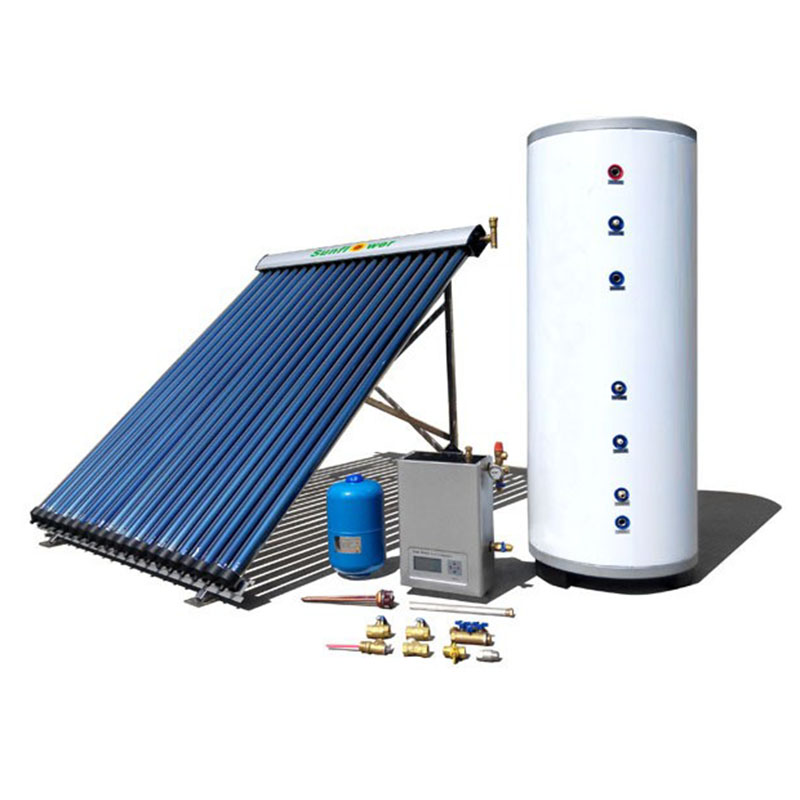Views: 7 Author: Site Editor Publish Time: 2022-03-09 Origin: Site

Because industrial and domestic water generally contains chloride ions (Cl-), metal hot water containers are always in a corrosive environment containing Cl- water below 80 °C all the year round, which is prone to local corrosion and limits its service life. Localized corrosion (electrochemical corrosion) is much faster and more dangerous than uniform corrosion (chemical corrosion), often leading to leak failure. In the aqueous medium containing Cl-, the weakest link of the stainless steel water tank is the welding area. Due to the high temperature heating in this area, the structure and performance are deteriorated, and the corrosion resistance is also reduced.
The stainless steel water tank is generally made of Cr stainless steel. Because the material does not contain nickel, the corrosion and leakage problems of the welded parts of the water tank during use are more common. The traditional repair welding method is difficult, and may cause more damage due to thermal stress; brushing epoxy corrosion-resistant materials may cause cracks, peeling, etc. due to the influence of surface adhesion and expansion coefficient. The phenomenon again aggravates the corrosion. For different equipment, different operating states, and different forms of corrosion and leakage, the use of corresponding technical products can quickly, simply and effectively protect equipment, especially due to the comprehensive properties of polymer composite materials such as chemical corrosion resistance and bonding performance , to avoid the adverse effects caused by traditional repair welding repair and traditional corrosion-resistant material protection, so that the service life of the repaired equipment even exceeds that of the new equipment, fundamentally solve the cause of corrosion and leakage, help enterprises to improve equipment management level and reduce maintenance cost and improve the competitiveness of enterprises.